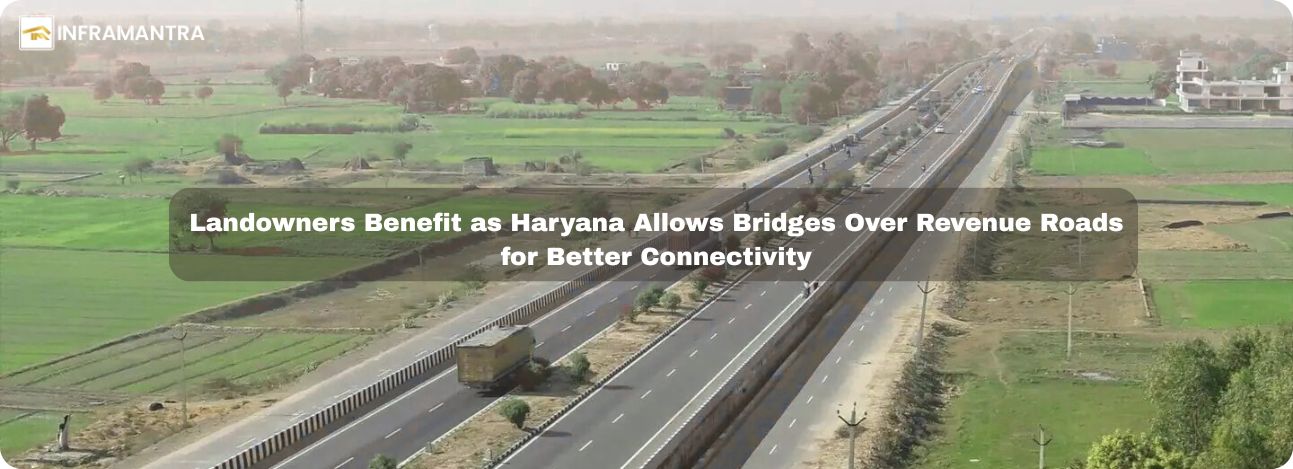In a move to support landowners and developers, the Haryana government has unveiled a new policy that grants easement rights over revenue roads, allowing land parcels on either side of these roads to be linked. Revenue roads, or rastas, are designated pathways in government records that usually connect agricultural fields or villages.
The policy, approved by Haryana Chief Minister Nayab Singh Saini during a cabinet meeting in Chandigarh, allows private landowners to lease land beneath or above these revenue roads. The lease charge will be set at 5% of the agricultural collector rate per square metre annually.
According to a Haryana government spokesperson, the policy aims to facilitate the optimal use of land by enabling seamless access between divided plots. This connection can be achieved through tunnels, ducts, or overpasses, allowing for the uninterrupted laying of essential services like water, sewage, electricity, and gas pipelines. The key condition is that any such construction must be approved by the local municipality.
The policy is applicable only to active revenue roads that are up to 6 karam (approximately 10 metres) wide. It does not apply to defunct roads or those that end within a plot, which are excluded from sale under the state’s land valuation policy introduced in November 2021.
Developers in Gurugram have welcomed this new move, noting that it will significantly benefit various real estate projects. Manjeet Duhan, director of GGanbu Land Pvt Ltd, who recently acquired a revenue rasta in Sector 61 for one of their projects, emphasized the importance of this policy. He explained that although the process to acquire land under a revenue road was available previously, it was complicated and time-consuming. With the new policy in place, developers can now build necessary infrastructure such as tunnels and public amenities more efficiently.









